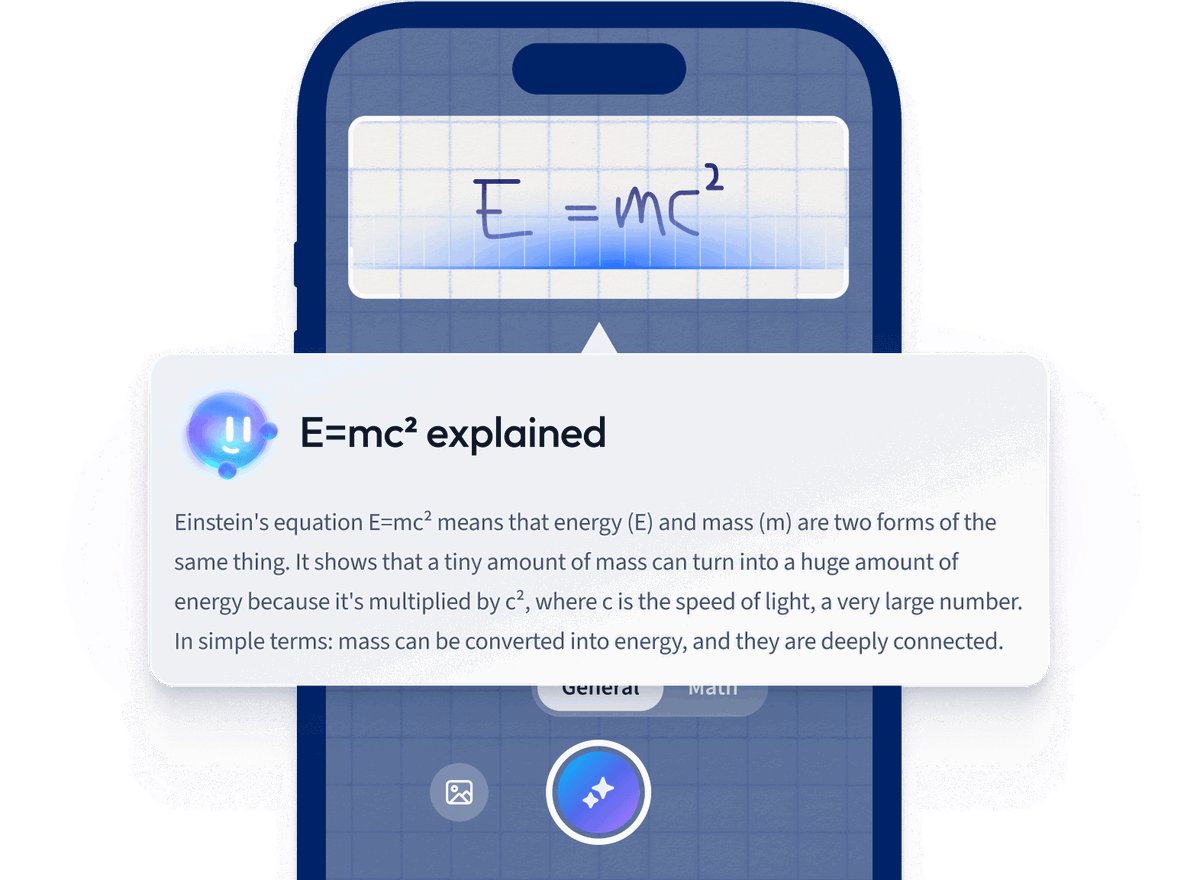What are the components of electronic systems?
The components of electronic systems typically include semiconductors, resistors, capacitors, inductors, diodes, transistors, integrated circuits, sensors, and microcontrollers. These components work together to process, control, and convert electrical energy into meaningful outputs or functions within electronic devices.
How do electronic systems work?
Electronic systems work by processing electrical signals to perform various functions. They consist of interconnected components like sensors, processors, and output devices that convert inputs into desired outputs. Signals are manipulated using circuits to perform computations, control processes, or transmit data. The system is usually powered by a power source.
What are the applications of electronic systems?
Electronic systems have diverse applications, including telecommunications, computing, healthcare, automotive, and consumer electronics. They power smartphones, computers, medical imaging devices, and advanced driver-assistance systems. Additionally, they are pivotal in industrial automation, renewable energy management, and home automation.
What are the advantages of using electronic systems in various industries?
Electronic systems enhance efficiency, accuracy, and automation across industries. They enable fast data processing, improve communication, reduce human error, and allow real-time monitoring and control. Additionally, these systems support scalability and integration, facilitating innovation and cost-effectiveness for complex processes.
How do electronic systems differ from electrical systems?
Electronic systems deal with systems that use small amounts of electrical energy for processing information, control, and communication, often involving semiconductors and integrated circuits. Electrical systems focus on generating, distributing, and using electrical energy for power, such as in motors and power grids, handling larger energy levels.










